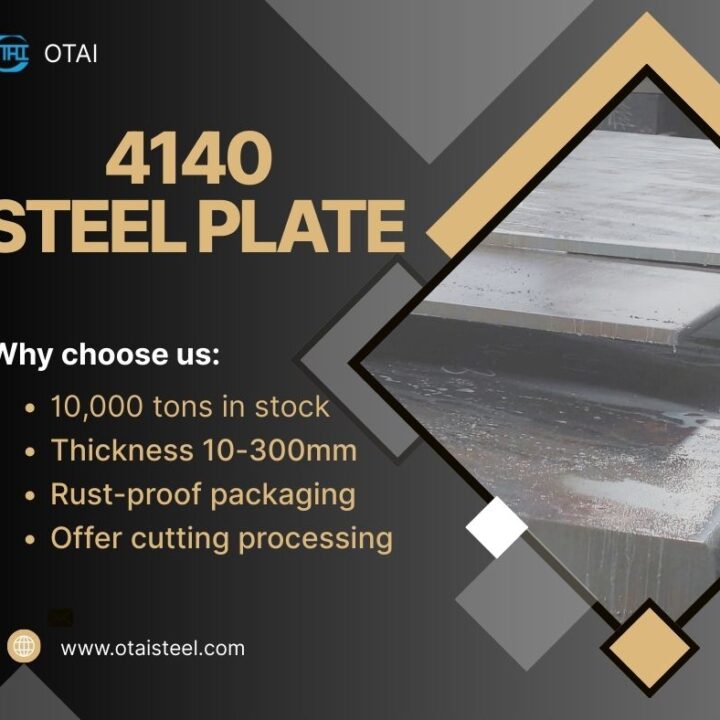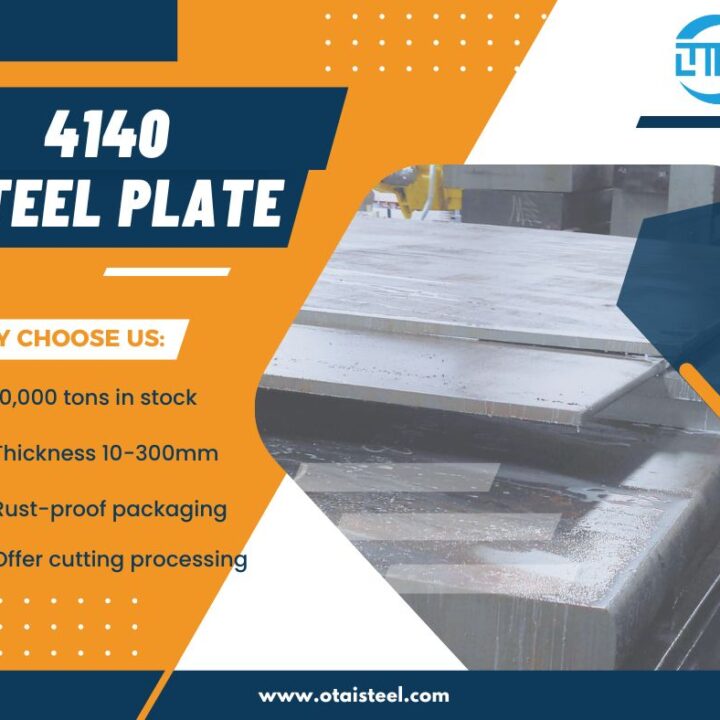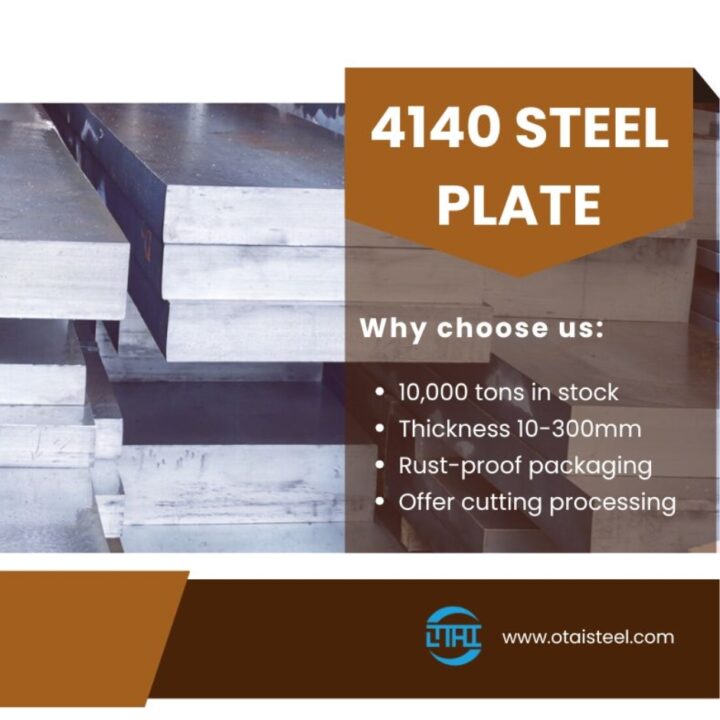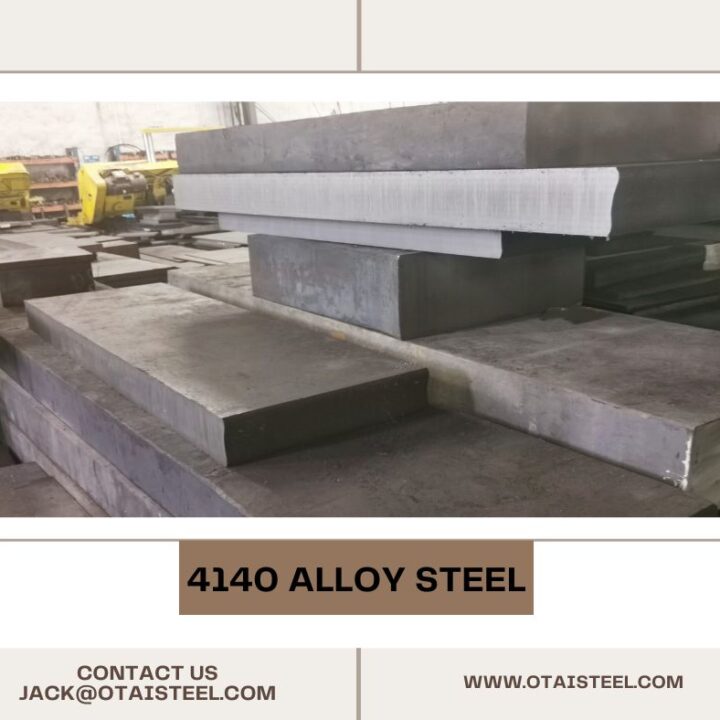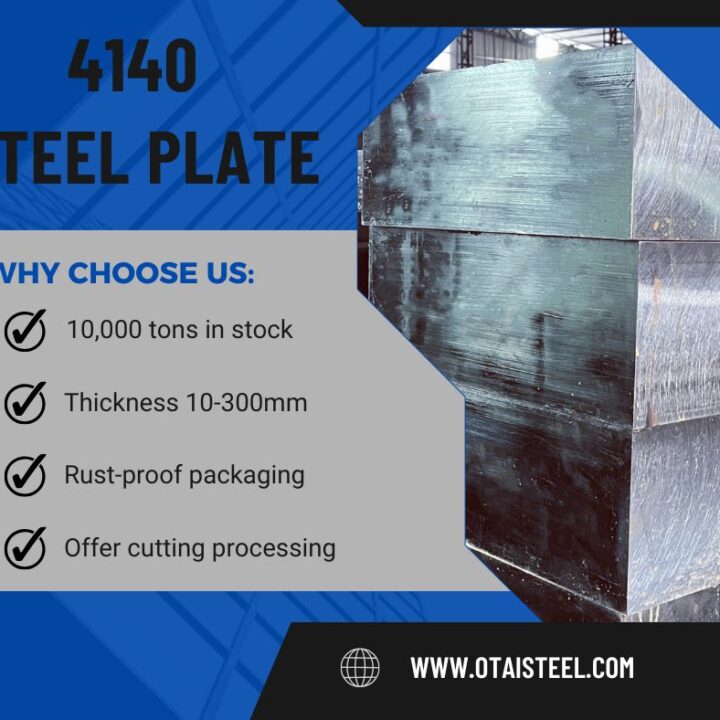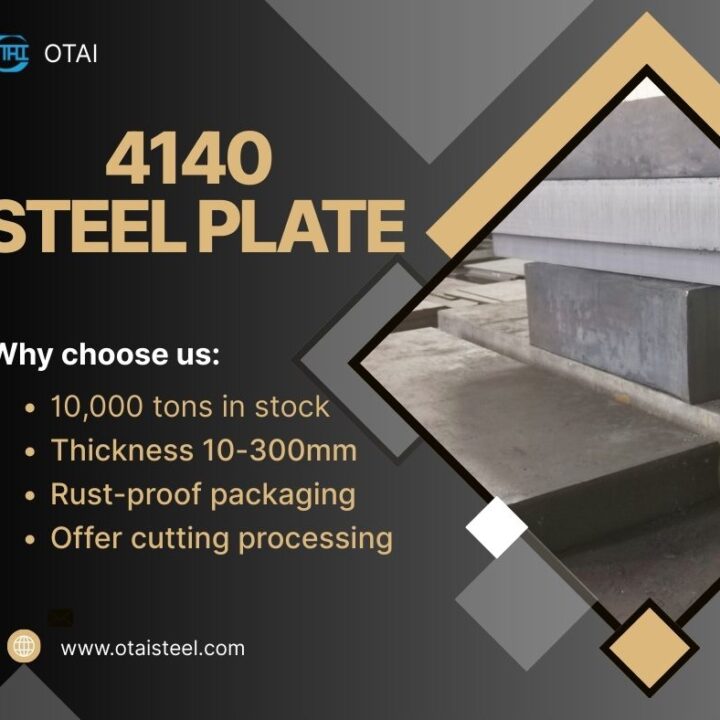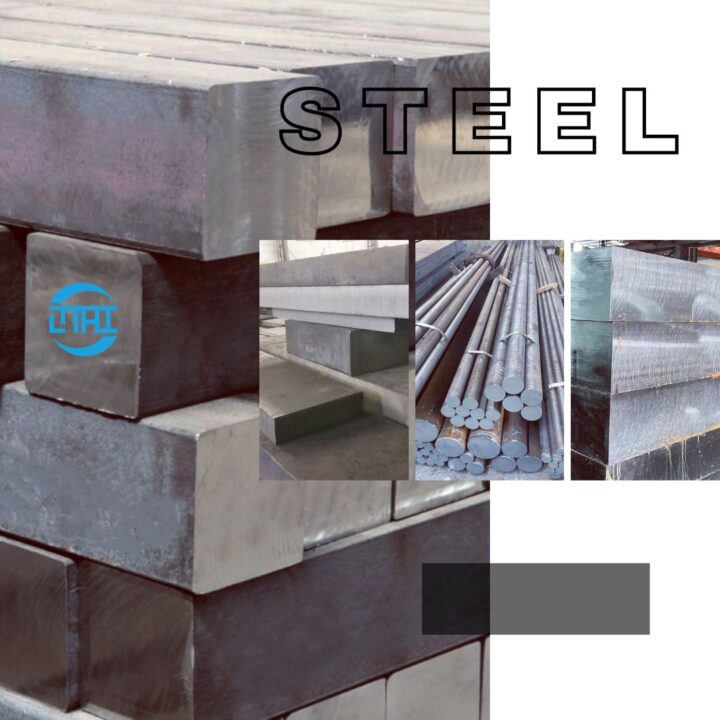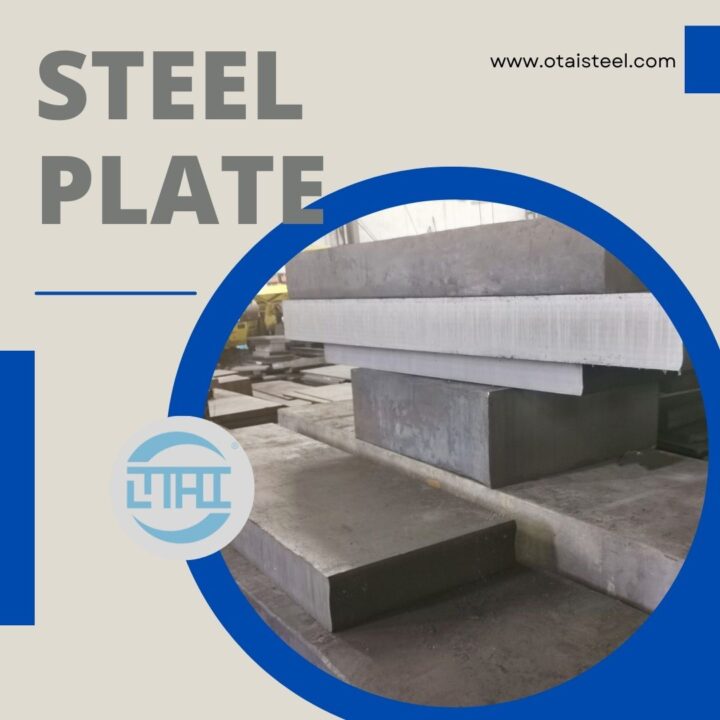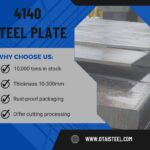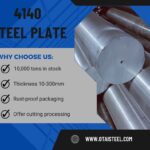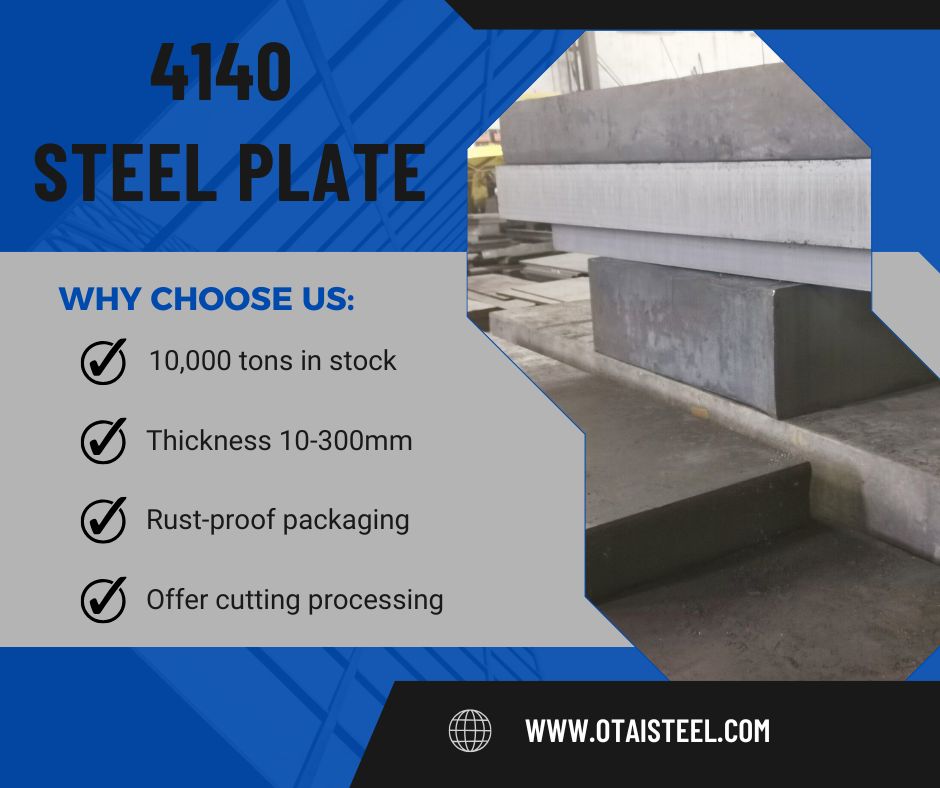 What Affects the Fatigue Strength of 4140 Steel?
What Affects the Fatigue Strength of 4140 Steel?
When it comes to parts subjected to cyclic loading—think axles, crankshafts, gears, or machine tool spindles—fatigue strength is the unsung hero of material selection. And 4140 steel, a versatile chromium-molybdenum alloy, is often chosen precisely because of its excellent performance under repeated stress. But how good is the 4140 steel fatigue strength, and how does it hold up in real-world conditions?
Let’s dive deep into the fatigue resistance of 4140 steel, compare it with other materials, and explore its use in fatigue-sensitive applications. Whether you’re an engineer designing a high-stress part or a buyer looking to select the right steel, this guide has the answers. 💡
🔍 What Is Fatigue Strength?
Fatigue strength refers to the maximum stress a material can endure for a specific number of cycles without failure. It’s typically tested at a million or more cycles and is expressed as a percentage of the tensile strength.
For 4140 alloy steel, the fatigue strength varies depending on heat treatment, surface condition, and loading type.
📊 Fatigue Strength Data for 4140 Steel
| Property | Condition | Value |
|---|---|---|
| Ultimate Tensile Strength (UTS) | Quenched and Tempered | 950–1100 MPa |
| Yield Strength | Quenched and Tempered | 655–850 MPa |
| Fatigue Strength (Rotating Bending) | Polished surface (Q&T at 200 HB) | ~485 MPa (approx. 50% of UTS) |
| Fatigue Ratio | — | 0.5–0.6 |
| Cycles Tested | — | 1 million |
🧪 Note: Fatigue strength values increase with surface treatments like shot peening or nitriding.
🛠️ What Affects the Fatigue Strength of 4140 Steel?
Several factors can enhance—or reduce—the 4140 steel fatigue strength:
-
Heat Treatment: Normalizing, quenching, and tempering greatly improve fatigue resistance. 4140 Q&T steel shows superior endurance over annealed grades.
-
Surface Finish: A rough machined surface will initiate cracks faster than a polished one. Grinding or polishing can enhance fatigue life.
-
Stress Concentrations: Notches, threads, or sudden changes in section drastically reduce fatigue resistance.
-
Environmental Conditions: Corrosive environments (like salt spray) reduce fatigue performance unless protected by coatings or treatments.
⚙️ Where Is Fatigue Strength of 4140 Steel Critical?
4140 is used in many cyclic load-bearing applications due to its reliable fatigue performance. Here are some real-world use cases:
| Application | Why 4140 Is Used |
|---|---|
| Automotive crankshafts | Excellent toughness and fatigue strength |
| Power transmission shafts | Withstands repeated torque |
| Gears and sprockets | High wear and stress resistance |
| Tool holders and spindles | Combines strength and endurance |
| Aerospace landing gear parts | Reliable under fluctuating loads |
These applications also benefit from 4140 steel’s good machinability and its ability to respond well to nitriding heat treatment.
🔩 Comparison: 4140 Steel vs Other Materials
| Material | Fatigue Strength (MPa) | Heat Treatment |
|---|---|---|
| 4140 Steel | ~485 MPa | Q&T (200–300 HB) |
| 1045 Carbon Steel | ~300 MPa | Normalized |
| 4340 Alloy Steel | ~590 MPa | Q&T (300–350 HB) |
| AISI 52100 Bearing Steel | ~700 MPa | Hardened (60 HRC) |
While 4140 isn’t the highest, its cost-to-performance ratio makes it an ideal choice for many industrial uses.
🧠 Design Tip
When designing with 4140 for fatigue applications, consider:
-
Adding fillets at transitions to reduce stress concentrations.
-
Surface treatments like carburizing or shot peening to improve endurance.
-
Use finite element analysis (FEA) to predict and optimize stress distributions.
💼 Otai Special Steel: Why Choose Us?
At Otai Special Steel, we supply 4140 steel with tested fatigue strength, perfect for demanding applications. Here’s what sets us apart:
-
📦 Massive stock: Over 10,000 tons in stock, including 4140 round bar, 4140 plates, and Q&T material.
-
🔍 Third-party testing: Fatigue, hardness, UT, and chemical analysis all available.
-
🔧 Value-added services: Cutting, heat treatment, machining, and more.
-
🌐 Global expertise: Trusted by clients in aerospace, automotive, and oil & gas sectors worldwide.
-
💬 Quick response: Quotes and technical support within 24 hours.
❓FAQ: 4140 Steel Fatigue Strength
Q1: Can 4140 steel be used for high-cycle fatigue applications?
Yes, when properly heat treated and surface finished, it performs well for over 1 million cycles.
Q2: How can I improve the fatigue life of 4140 parts?
Use shot peening, nitriding, and avoid sharp transitions in geometry.
Q3: Is there a difference in fatigue strength between annealed and quenched & tempered 4140?
Absolutely. Q&T 4140 offers much higher fatigue strength than annealed grades.
Q4: Does surface finish matter for fatigue?
Yes! A smoother finish can significantly delay crack initiation, thus improving fatigue life.
Q5: Can I request specific fatigue data from Otai?
Of course! Contact us and we’ll provide test reports and certifications as needed.

